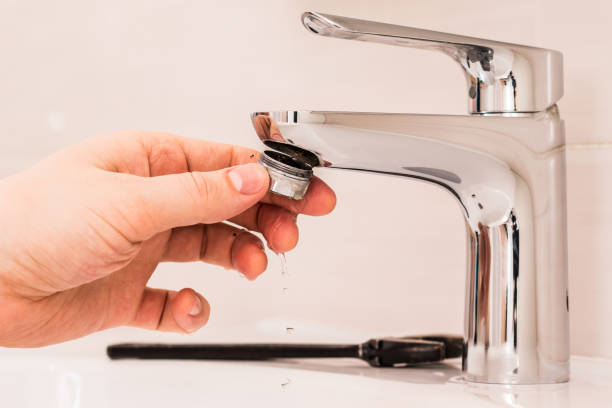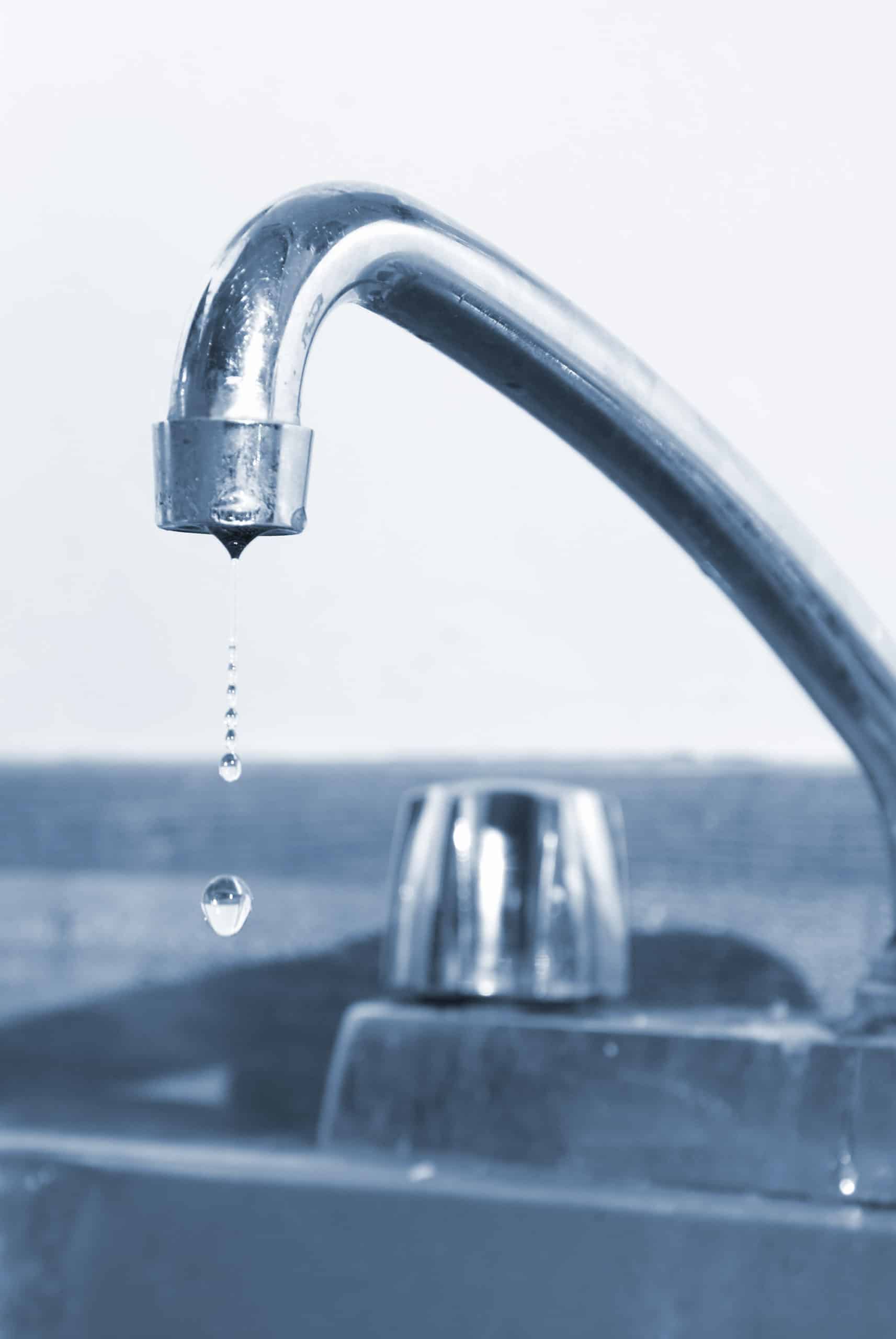Just how do you feel with regards to Why Is It Important To Fix Your Leaking Tap/Faucet??

Leaking faucets may appear like a minor trouble, however their influence exceeds just the inconvenience of the noise. From wasting water to sustaining unneeded monetary costs and wellness risks, disregarding a trickling faucet can cause numerous effects. In this article, we'll delve into why it's essential to address this common home problem quickly and efficiently.
Waste of Water
Environmental Effect
Leaking faucets contribute significantly to water wastage. According to the Epa (EPA), a solitary faucet dripping at one drip per second can throw away greater than 3,000 gallons of water annually. This not only pressures water sources however also influences ecological communities and wildlife dependent on them.
Financial Prices
Enhanced Water Bills
Past the environmental effect, dripping taps can inflate water costs significantly. The accumulated waste over time converts into higher energy expenditures, which can have been prevented with prompt fixings.
Possible Residential Property Damage
Moreover, prolonged dripping can bring about harm to fixtures and surfaces bordering the faucet. Water buildup can trigger staining, deterioration, and even architectural issues if left neglected, resulting in added repair work prices.
Health Problems
Mold and Mold Development
The constant existence of wetness from a trickling faucet produces an excellent environment for mold and mold development. These fungis not only compromise interior air quality but likewise present wellness threats, specifically for people with respiratory conditions or allergies.
Waterborne Diseases
Stagnant water in leaking faucets can become a breeding ground for germs and other pathogens, increasing the threat of waterborne diseases. Impurities such as Legionella germs flourish in stationary water, potentially causing significant ailments when ingested or breathed in.
Do it yourself vs. Professional Repair service
Pros and Cons of Do It Yourself Fixing
While some may attempt to take care of a dripping tap themselves, do it yourself repairs include their own collection of obstacles. Without proper knowledge and tools, DIY efforts can worsen the concern or bring about insufficient repairs, extending the issue.
Advantages of Employing an Expert Plumber
Employing an expert plumber makes sure that the underlying root cause of the dripping tap is attended to successfully. Plumbing professionals possess the knowledge and equipment to diagnose and repair tap problems effectively, conserving time and reducing the threat of additional damages.
Step-by-Step Overview to Repairing a Dripping Tap
Tools Called for
Before attempting to take care of a dripping tap, gather the essential tools, consisting of an adjustable wrench, screwdrivers, substitute parts (such as washers or cartridges), and plumber's tape.
Usual Faucet Issues and Their Solutions
Recognize the type of tap and the specific problem creating the drip. Common issues consist of worn-out washers, corroded valve seats, or damaged O-rings. Refer to producer directions or on-line tutorials for step-by-step assistance on repair services.
Safety nets
Regular Maintenance Tips
To prevent leaking taps, do regular maintenance such as cleaning aerators, examining for leaks, and replacing worn-out parts immediately. Furthermore, think about setting up water-saving gadgets or upgrading to much more efficient fixtures.
Importance of Prompt Services
Dealing with dripping faucets as quickly as they're observed stops further water wastage and possible damages, ultimately conserving both water and cash in the long run.
Influence On Property Value
Assumption of Well-Maintained Property
Keeping a building in good condition, including resolving maintenance concerns like dripping taps, enhances its viewed worth and value amongst possible purchasers or lessees.
Influence on Resale Value
Residences with properly maintained plumbing fixtures, including taps, command greater resale worths in the real estate market. Dealing with leaking taps can add to a positive impression during residential property examinations and negotiations.
Environmental Obligation
Private Contribution to Conservation
Taking obligation for repairing trickling taps aligns with more comprehensive initiatives toward water preservation and environmental sustainability. Every individual's actions collectively make a significant effect on preserving valuable resources.
Sustainable Living Practices
By prioritizing prompt fixings and embracing water-saving practices, individuals add to sustainable living techniques that profit both present and future generations.
Verdict
Dealing with a dripping tap goes beyond plain benefit; it's an important action toward saving water, reducing economic costs, and securing health and building. Whether through do it yourself repairs or specialist support, acting to fix dripping faucets is a tiny yet impactful means to promote accountable stewardship of sources and add to a much healthier, more sustainable future.
How to Fix a Leaky Faucet: Step-by-Step Repair Guide
A leaky faucet may seem like a simple annoyance, but if it's not fixed promptly, that leak could cost hundreds to potentially thousands. From water damage to mold, mildew, and high water bills, even a tiny leak can be catastrophic if left unattended. Damage like this can even affect the overall value of your home, so it's important to take the right approach for leaky faucet repair. You may need the help of a plumber in some cases, but we've got a few tips you can try on how to fix a leaky faucet before calling the pros.
Four Faucet Types
When you're learning how to fix a leaky faucet, the first step is knowing what kind of faucet you're working with! There are four common types.
Cartridge Faucets
Cartridge faucets come in one- or two-handled varieties. In one-handled cartridge faucets, hot and cold water combines in a single cartridge. In the two-handled versions, hot and cold water are controlled separately and mixed in the faucet.
Ball Faucets
Ball faucets have a single lever you push up and down to adjust the pressure and rotate to change the temperature. A slotted metal ball controls the amount of water allowed into the spout.
Compression Washer Faucets
They're the oldest type of faucet, but they're still used in many homes — especially older ones. Compression faucets have two separate handles that, when turned, raise or lower the washer that seals a water valve. This valve stops water from flowing through the faucet when it is turned off.
Disc Faucets
Disc faucets rarely need to be repaired due to their maintenance-free design. The water flow is controlled by two discs — the upper one raises and lowers against a fixed lower disc, creating a watertight seal. If your disc faucet starts leaking, you may need to replace the seals or clean residue buildup from the inlets.
Fixing a Leaky Faucet
Step 1: Turn Off the Water
Whether you're learning how to fix a leaky bathtub faucet or how to fix a leaky kitchen faucet, always turn off the water supply to your working area when you're fixing a leak. The last thing you want is a flood added to your list of things to fix.
Look for the shutoff valves below your sink or around the tub and turn them clockwise to stop the water flow. If your faucet doesn't have shutoff valves, you may need to turn off the water for the whole house. Check to make sure it's off by turning the faucet on. If nothing comes out, you're ready to start the repair.
Step 2: Take Apart the Faucet
How you disassemble your faucet depends on the type of fixture you have. You can use a flathead screwdriver to remove the caps on top of the handle or handles for cartridge and compression faucets. Inside, you should see handle screws. Unscrew these with a screwdriver to remove the handle.
Disc- and ball-style faucets will typically have an inlet screw near the handle, and removing that will reveal the interior of the faucet.
Detach the Valve Stem
For cartridge- and compression-style faucets, you'll see the inner valve stem or cartridge once you remove the faucet handles. If you have a compression faucet, unscrew the brass valve stem. If you have a cartridge faucet, pull out the cartridge. If your cartridge has been in place for a while, it may require some tools or extra force to remove it due to mineral deposits.
Examine and Replace Parts
Once you've removed the parts, check them out to confirm what needs to be replaced. You may see corroded rubber washers, O-rings, stems, or cartridges. On a ball-style faucet, check the seats and springs for damage.
If you need to repair a leaky disc faucet, check the inlet and seals on the lower disc.
Once you determine what parts must be replaced, visit your local hardware store. Bring the damaged parts with you to ensure you can purchase the correct components to replace them.
Clean Valves and Faucet Cavity
If you've removed a stem or cartridge, you may notice mineral buildup in the faucet's threads. Use white vinegar to clean the valve seat by soaking it for a few minutes, then scrub it away with a soft toothbrush and rinse with warm water. You can also clean the interior of the faucet in the same way.
Reassemble the Faucet
Once your faucet is cleaned and the required parts have been replaced, it's time to reassemble it. Put the pieces back together and slowly turn the water supply back on. Doing this slowly is crucial because too much initial water pressure can damage the new hardware you've just installed.
https://homewarranty.firstam.com/blog/how-to-fix-leaky-faucet

As a passionate person who reads on How to Fix a Dripping or Leaky Faucet , I think sharing that excerpt was essential. So long as you liked our blog posting if you please make sure you remember to pass it around. Thank you for your time invested reading it.